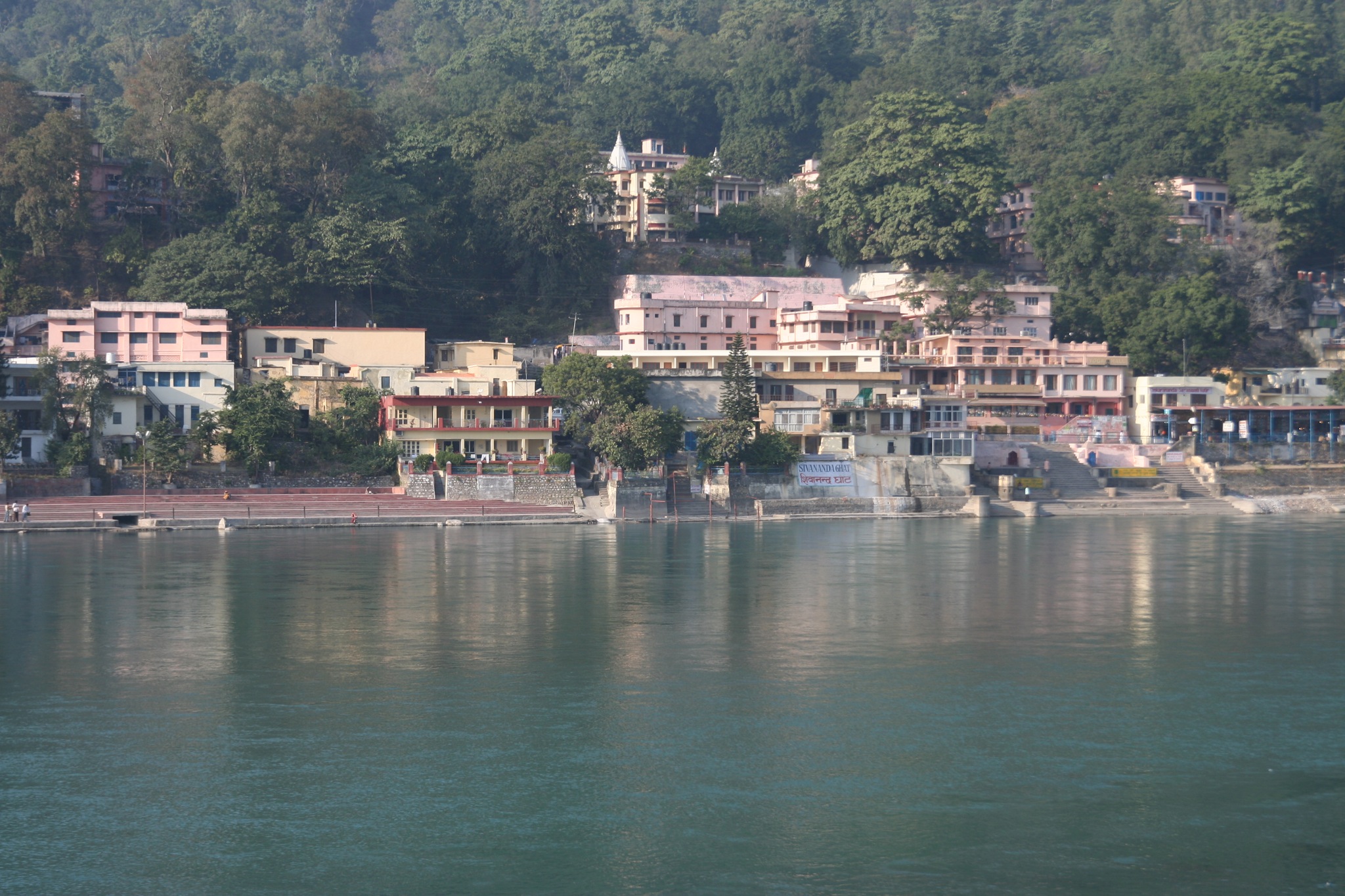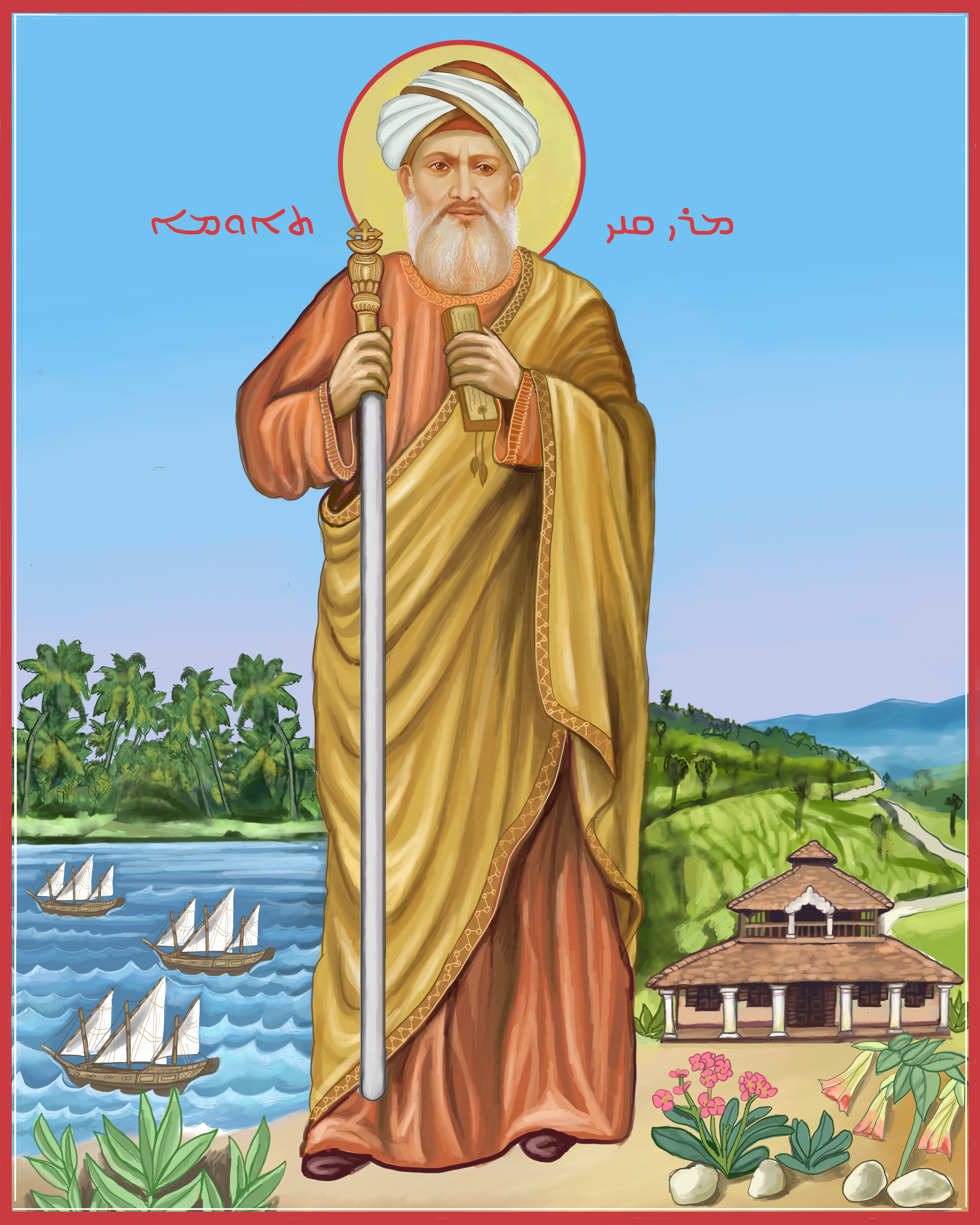|
Vedhagiri
Vedhagiri is in the district of Kottayam, Kerala, India, and is famous for the ashram monastery of the Hindu guru (teacher) Vedhavyasa (Devanāgarī). Economy Kottayam Textiles, a Kerala government-owned spinning mill); KSE Ltd., a cattle feed factory; Quest Scientific Research Organisation, and various other small-scale industries are running on and around the vedhagiri hill. Schools Government UP school is the educational institution in vedhagiri. Temples and churches SNDP Grumandhiram is the place of worship for Sri Narayana Guru's followers (Ezhavas). St. Mary's Syriac Catholic Church Vedhagiri, St. Mathew's Syriac Catholic Church The Syriac Catholic Church ( syc, ܥܕܬܐ ܣܘܪܝܝܬܐ ܩܬܘܠܝܩܝܬܐ, ʿĪṯo Suryayṯo Qaṯolīqayṯo, ar, الكنيسة السريانية الكاثوليكية) is an Eastern Catholic Christian jurisdiction originating in t ..., Kottakkupuram and St. Stephen's Knanaya Syriac Catholic Church, Kurumulloor are Christian ch ... [...More Info...] [...Related Items...] OR: [Wikipedia] [Google] [Baidu] |
Athirampuzha
Athirampuzha is a town in Kottayam district of Kerala state, South India. It is famous as the Mahatma Gandhi University is situated here. Athirampuzha is situated 10 km north of Kottayam town, 3 km from Ettumanoor and from Main Central Road S.H.1 of Kerala. St. Mary’s forane church (Syro malabar Catholic) is well known for the feast of St. Sebastian every year on Jan. 24 and 25. Along with the church, there is a school with classes up to 12th standard for girls and boys separately - St. Aloysius school for boys and St. Mary's School for girls. History It is believed that Athirampuzha was a well-established developed village and settlements were there even in 1200 AD. The famous traveler Marco Polo's travel descriptions, "The description of the world", have some references about അതിരമ്പുഴ. While he was traveling through Kerala he reached a port town called 'athiramkari'. The description of this place closely matches to അതിരമ്പുഴ ... [...More Info...] [...Related Items...] OR: [Wikipedia] [Google] [Baidu] |
Kottayam
Kottayam () is a municipal town in the Indian state of Kerala. Flanked by the Western Ghats on the east and the Vembanad Lake and paddy fields of Kuttanad on the west. It is the district headquarters of Kottayam district, located in south-west Kerala. Kottayam is located in the basin of the Meenachil River at an average elevation of above sea level, and has a moderate climate. It is located approximately north of the state capital Thiruvananthapuram. Kottayam is also referred to as "The City of Letters" as many of the first Malayalam daily newspapers, like ''Deepika,'' '' Malayala Manorama,'' and '' Mangalam,'' were started and are headquartered in Kottayam, as are a number of publishing houses. Etymology The royal palace of the Thekkumkur ruler was protected by a fort called ''Thaliyilkotta''. It is believed that the name ''Kottayam'' is derived from a combination of the Malayalam words ''kotta'' which means fort (''Thaliyilkotta'') and ''akam'' which means inside. ... [...More Info...] [...Related Items...] OR: [Wikipedia] [Google] [Baidu] |
Kerala
Kerala ( ; ) is a state on the Malabar Coast of India. It was formed on 1 November 1956, following the passage of the States Reorganisation Act, by combining Malayalam-speaking regions of the erstwhile regions of Cochin, Malabar, South Canara, and Thiruvithamkoor. Spread over , Kerala is the 21st largest Indian state by area. It is bordered by Karnataka to the north and northeast, Tamil Nadu to the east and south, and the Lakshadweep Sea to the west. With 33 million inhabitants as per the 2011 census, Kerala is the 13th-largest Indian state by population. It is divided into 14 districts with the capital being Thiruvananthapuram. Malayalam is the most widely spoken language and is also the official language of the state. The Chera dynasty was the first prominent kingdom based in Kerala. The Ay kingdom in the deep south and the Ezhimala kingdom in the north formed the other kingdoms in the early years of the Common Era (CE). The region had been a prominent spice exp ... [...More Info...] [...Related Items...] OR: [Wikipedia] [Google] [Baidu] |
India
India, officially the Republic of India ( Hindi: ), is a country in South Asia. It is the seventh-largest country by area, the second-most populous country, and the most populous democracy in the world. Bounded by the Indian Ocean on the south, the Arabian Sea on the southwest, and the Bay of Bengal on the southeast, it shares land borders with Pakistan to the west; China, Nepal, and Bhutan to the north; and Bangladesh and Myanmar to the east. In the Indian Ocean, India is in the vicinity of Sri Lanka and the Maldives; its Andaman and Nicobar Islands share a maritime border with Thailand, Myanmar, and Indonesia. Modern humans arrived on the Indian subcontinent from Africa no later than 55,000 years ago., "Y-Chromosome and Mt-DNA data support the colonization of South Asia by modern humans originating in Africa. ... Coalescence dates for most non-European populations average to between 73–55 ka.", "Modern human beings—''Homo sapiens''—originated in Africa. Th ... [...More Info...] [...Related Items...] OR: [Wikipedia] [Google] [Baidu] |
Ashram
An ashram ( sa, आश्रम, ) is a spiritual hermitage or a monastery in Indian religions. Etymology The Sanskrit noun is a thematic nominal derivative from the root 'toil' (< PIE *''ḱremh2'') with the prefix 'towards.' An ashram is a place where one strives towards a goal in a disciplined manner. Such a goal could be , spiritual, yogic or any other. Overview [...More Info...] [...Related Items...] OR: [Wikipedia] [Google] [Baidu] |
Guru
Guru ( sa, गुरु, IAST: ''guru;'' Pali'': garu'') is a Sanskrit term for a "mentor, guide, expert, or master" of certain knowledge or field. In pan-Indian traditions, a guru is more than a teacher: traditionally, the guru is a reverential figure to the disciple (or '' shisya'' in Sanskrit, literally ''seeker f knowledge or truth'' or student, with the guru serving as a "counselor, who helps mold values, shares experiential knowledge as much as literal knowledge, an exemplar in life, an inspirational source and who helps in the spiritual evolution of a student". Whatever language it is written in, Judith Simmer-Brown explains that a tantric spiritual text is often codified in an obscure twilight language so that it cannot be understood by anyone without the verbal explanation of a qualified teacher, the guru. A guru is also one's spiritual guide, who helps one to discover the same potentialities that the ''guru'' has already realized. The oldest references to the concep ... [...More Info...] [...Related Items...] OR: [Wikipedia] [Google] [Baidu] |
Devanāgarī
Devanagari ( ; , , Sanskrit pronunciation: ), also called Nagari (),Kathleen Kuiper (2010), The Culture of India, New York: The Rosen Publishing Group, , page 83 is a left-to-right abugida (a type of segmental writing system), based on the ancient ''Brāhmī'' script, used in the northern Indian subcontinent. It was developed and in regular use by the 7th century CE. The Devanagari script, composed of 47 primary characters, including 14 vowels and 33 consonants, is the fourth most widely adopted writing system in the world, being used for over 120 languages.Devanagari (Nagari) , Script Features and Description, (2013), United States The < ... [...More Info...] [...Related Items...] OR: [Wikipedia] [Google] [Baidu] |
Guru
Guru ( sa, गुरु, IAST: ''guru;'' Pali'': garu'') is a Sanskrit term for a "mentor, guide, expert, or master" of certain knowledge or field. In pan-Indian traditions, a guru is more than a teacher: traditionally, the guru is a reverential figure to the disciple (or '' shisya'' in Sanskrit, literally ''seeker f knowledge or truth'' or student, with the guru serving as a "counselor, who helps mold values, shares experiential knowledge as much as literal knowledge, an exemplar in life, an inspirational source and who helps in the spiritual evolution of a student". Whatever language it is written in, Judith Simmer-Brown explains that a tantric spiritual text is often codified in an obscure twilight language so that it cannot be understood by anyone without the verbal explanation of a qualified teacher, the guru. A guru is also one's spiritual guide, who helps one to discover the same potentialities that the ''guru'' has already realized. The oldest references to the concep ... [...More Info...] [...Related Items...] OR: [Wikipedia] [Google] [Baidu] |
Ezhava
The Ezhavas () are a community with origins in the region of India presently known as Kerala, where in the 2010s they constituted about 23% of the population and were reported to be the largest Hindu community. They are also known as ''Ilhava'', ''Irava'', ''Izhava'' and ''Erava'' in the south of the region; as ''Chovas'', ''Chokons'' and ''Chogons'' in Central Travancore; and as ''Thiyyar'', ''Tiyyas'' and ''Theeyas'' in the Malabar region. Some are also known as ''Thandan'', which has caused administrative difficulties due to the presence of a distinct caste of Thandan in the same region. The Malabar Ezhava Pullapilly (1976) pp. 31–32 group have claimed a higher ranking in the Hindu caste system than do the others, although from the perspective of the colonial and subsequent administrations they were treated as being of similar rank. Nossiter (1982) p. 30 Ezhava dynasties such as the Mannanar existed in Kerala. Pullapilly (1976) pp. 31–32 The Chekavar, a warrior sect ... [...More Info...] [...Related Items...] OR: [Wikipedia] [Google] [Baidu] |
Syriac Catholic Church
The Syriac Catholic Church ( syc, ܥܕܬܐ ܣܘܪܝܝܬܐ ܩܬܘܠܝܩܝܬܐ, ʿĪṯo Suryayṯo Qaṯolīqayṯo, ar, الكنيسة السريانية الكاثوليكية) is an Eastern Catholic Christian jurisdiction originating in the Levant that uses the West Syriac Rite liturgy and has many practices and rites in common with the Syriac Orthodox Church. Being one of the twenty-three Eastern Catholic Churches, the Syriac Catholic Church is a self-governed '' sui iuris'' particular church church, while it is in full communion with the Holy See and with the entirety of the Catholic Church. The Syriac Catholic Church traces its history to the first centuries of Christianity. After the Chalcedonian Schism the Church of Antioch became part of Oriental Orthodoxy, and was known as the Syriac Orthodox Church, while a new Antiochian patriarchate was established to fill its place by the churches which accepted the Council of Chalcedon. The Syriac Orthodox Church came into f ... [...More Info...] [...Related Items...] OR: [Wikipedia] [Google] [Baidu] |
Knanaya Catholics
The Knānāya, (from Syriac: ''Knā'nāya'' (Canaanite)) also known as the Southists or Tekkumbhagar, are an endogamous ethnic group found among the Saint Thomas Christian community of Kerala, India. They are differentiated from another part of the community, known in this context as the Northists (''Vaddakkumbhagar''). There are about 300,000 Knanaya in India and elsewhere. The origins of the Knanaya community is traced back to the arrival of the Syriac merchant Thomas of Cana (Knāi Thoma) who led a migration of Syriac Christians ( Jewish-Christians) from the Mesopotamian province of Sassanian Persia to India in the fourth or eighth century. The communities arrival was recorded on the Thomas of Cana copper plates which were extant in Kerala until the 17th century. The ethnic division between the Knanaya and other St. Thomas Christians was observed during the Portuguese colonization of India in the 16th century and was noted throughout the European colonial era. Today, ... [...More Info...] [...Related Items...] OR: [Wikipedia] [Google] [Baidu] |
_22-Mar-2007_10-12-15_AM.jpg)






